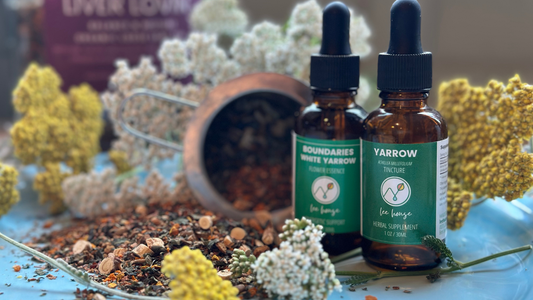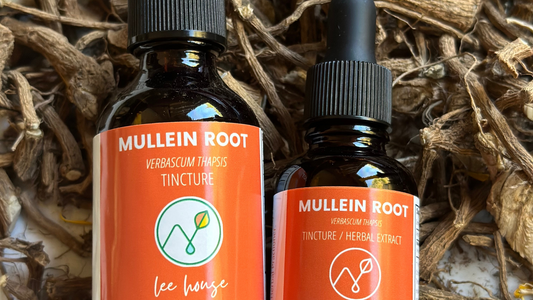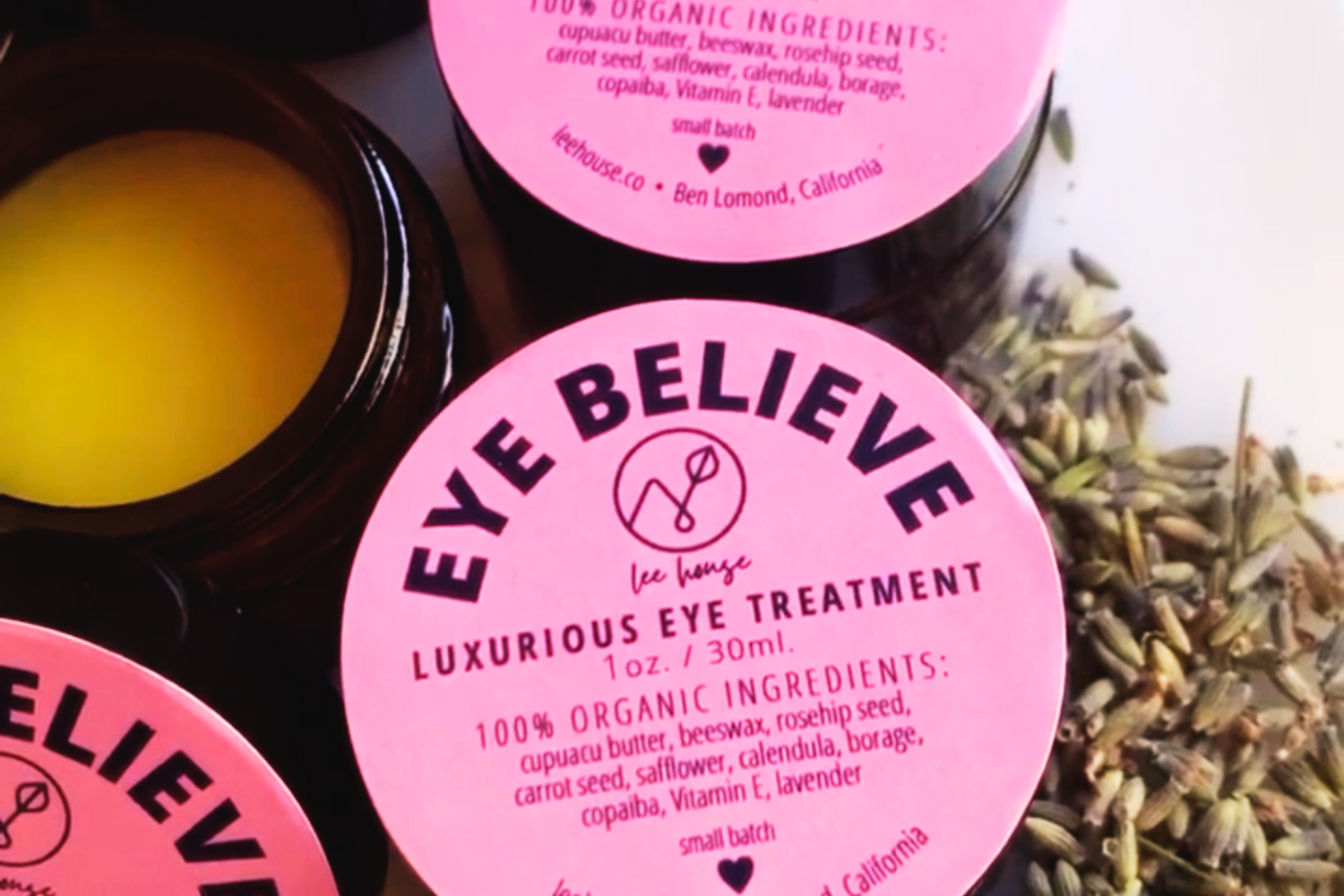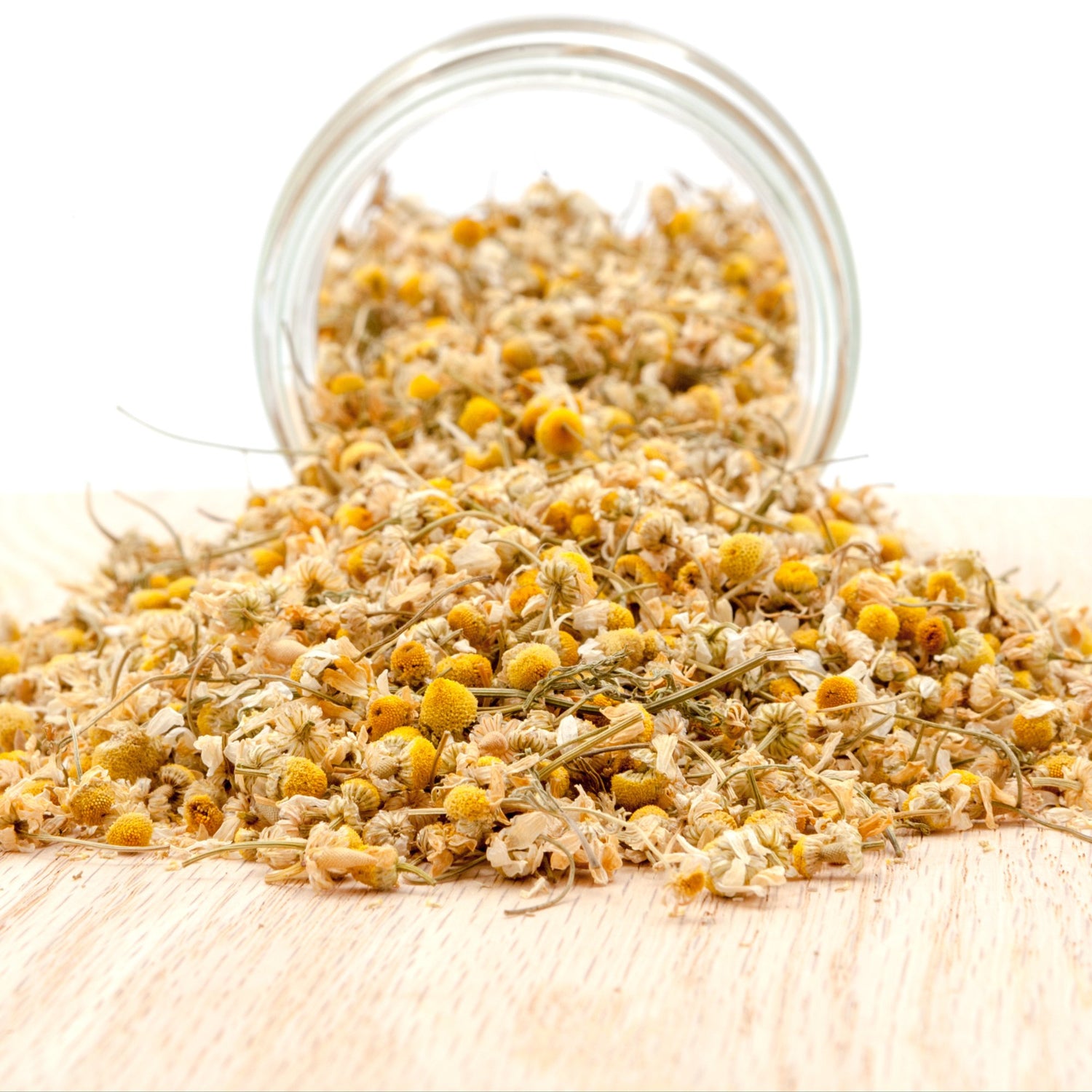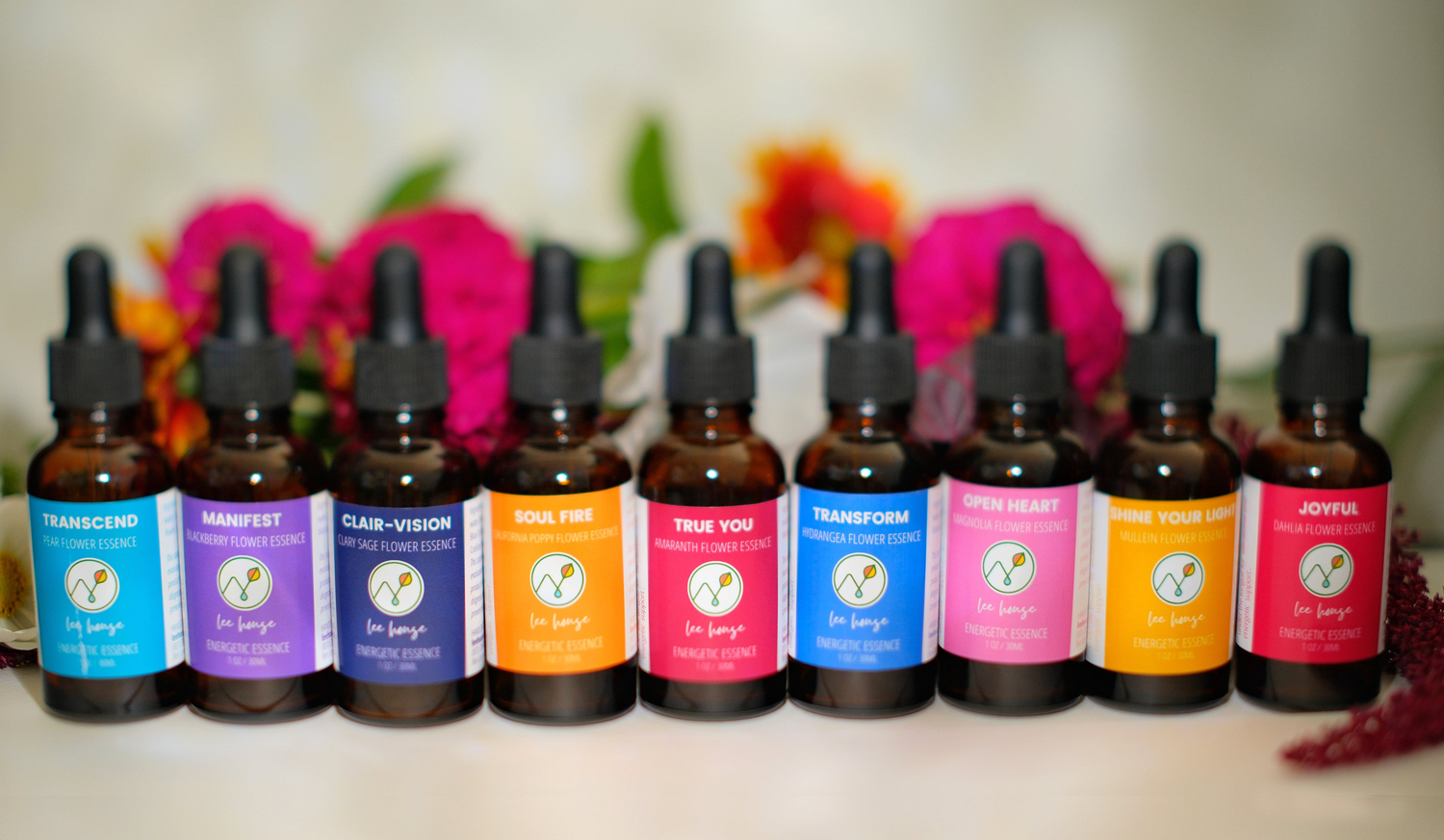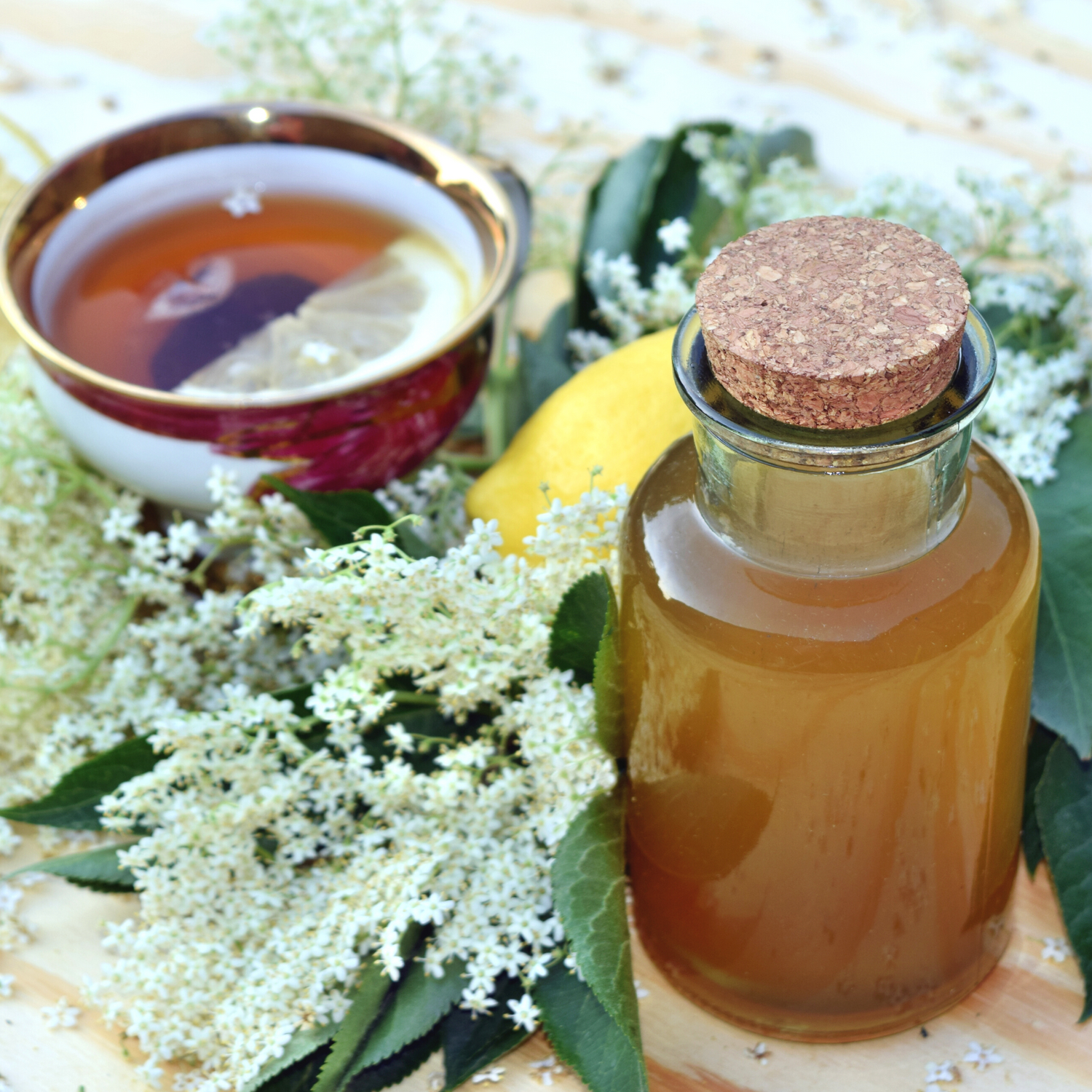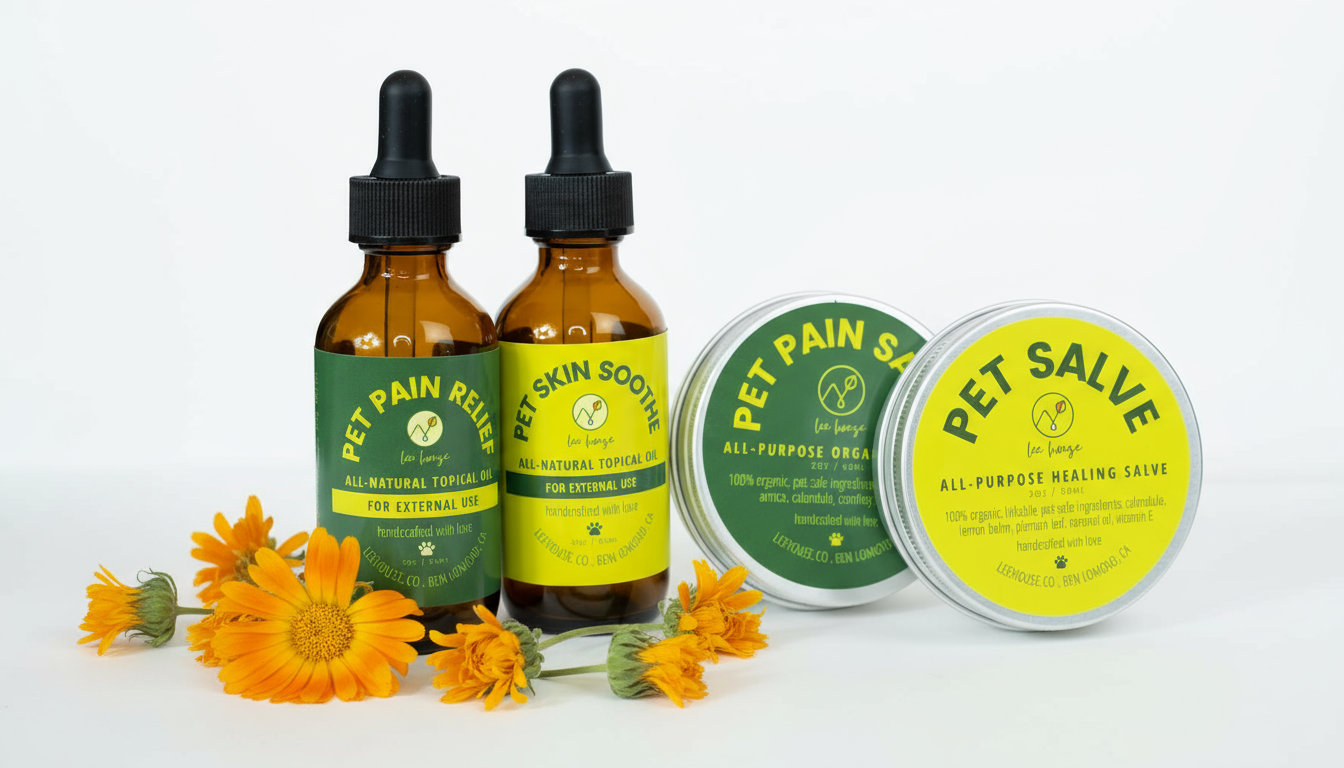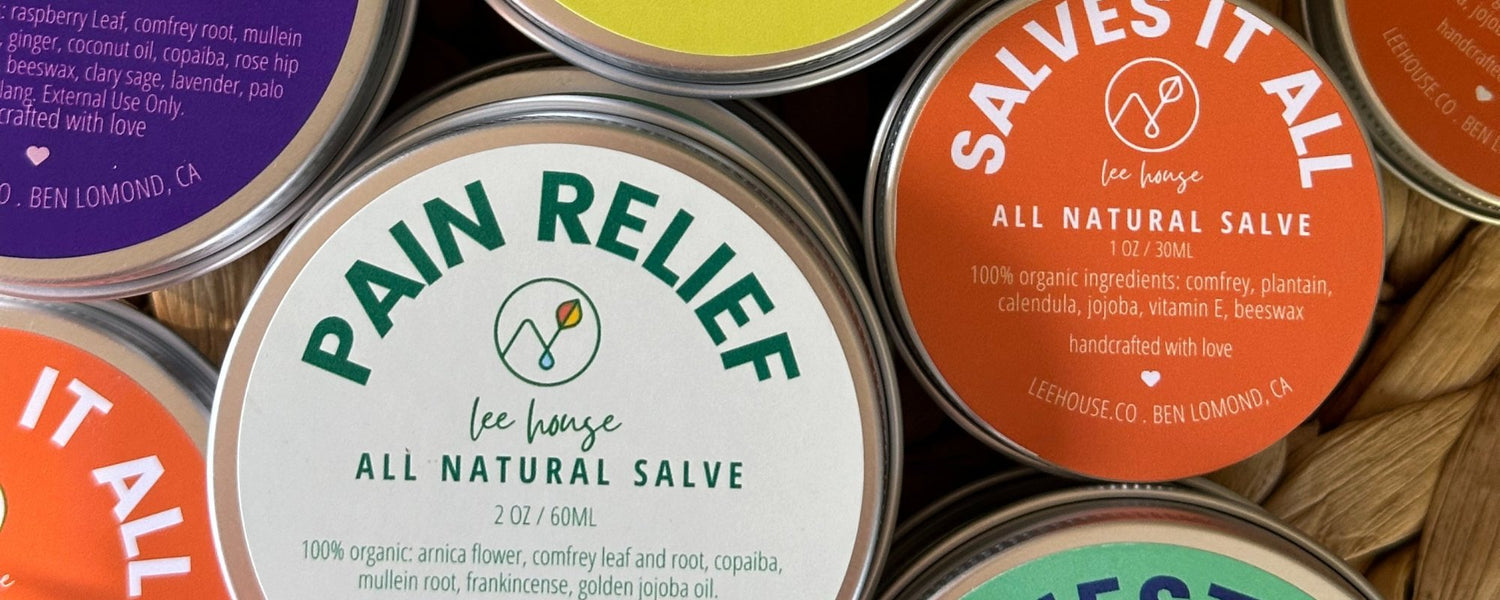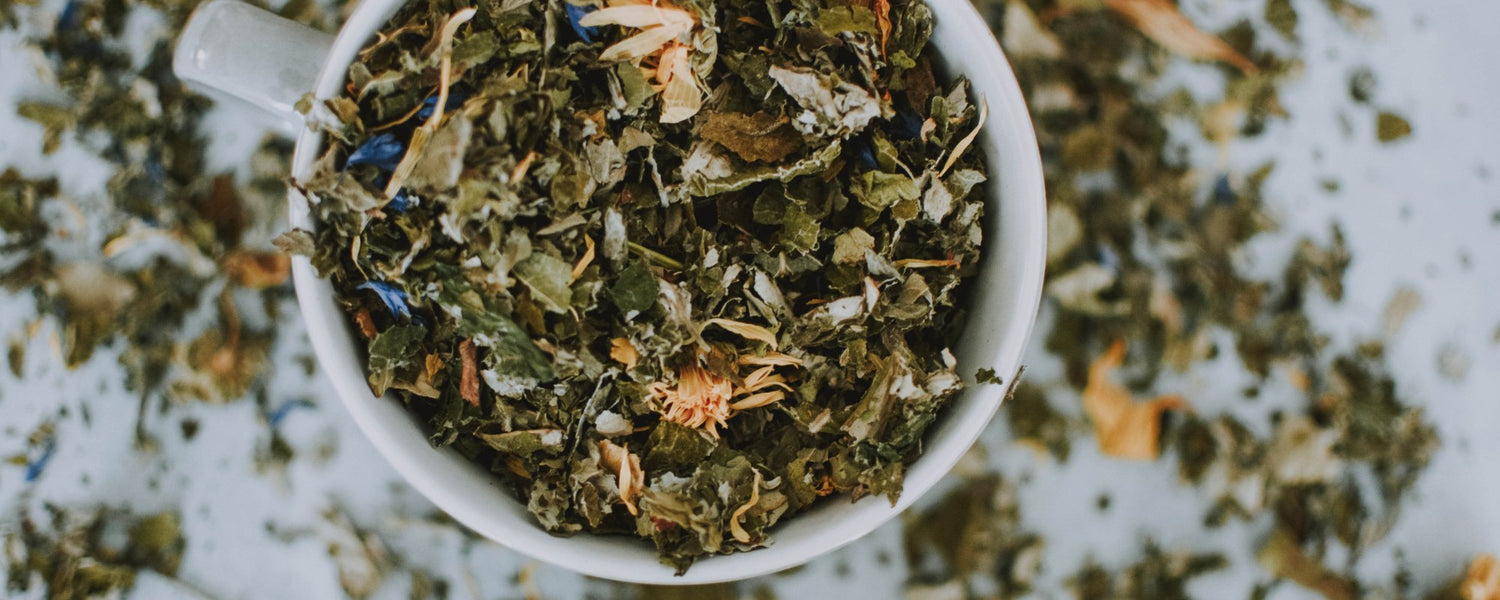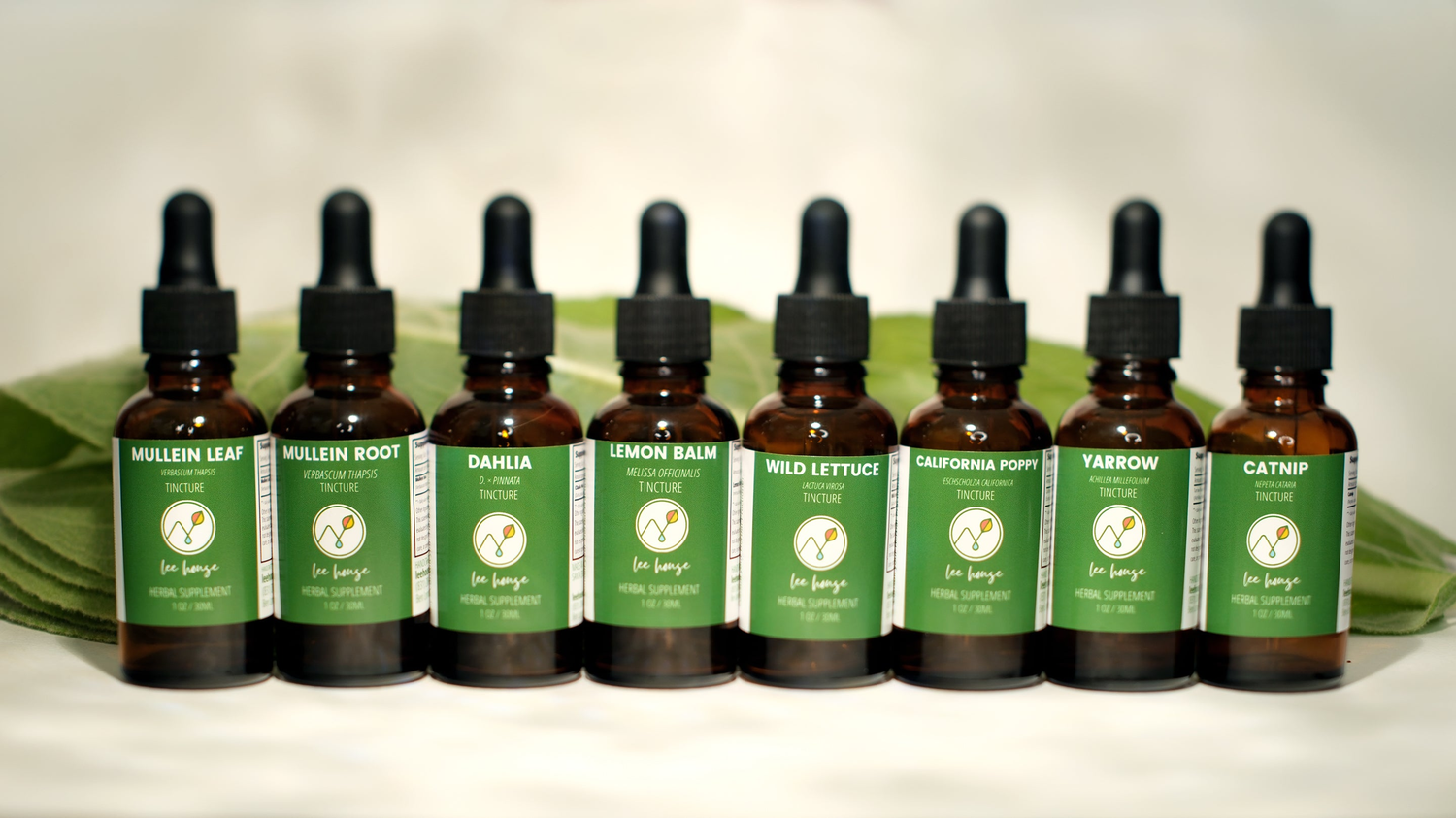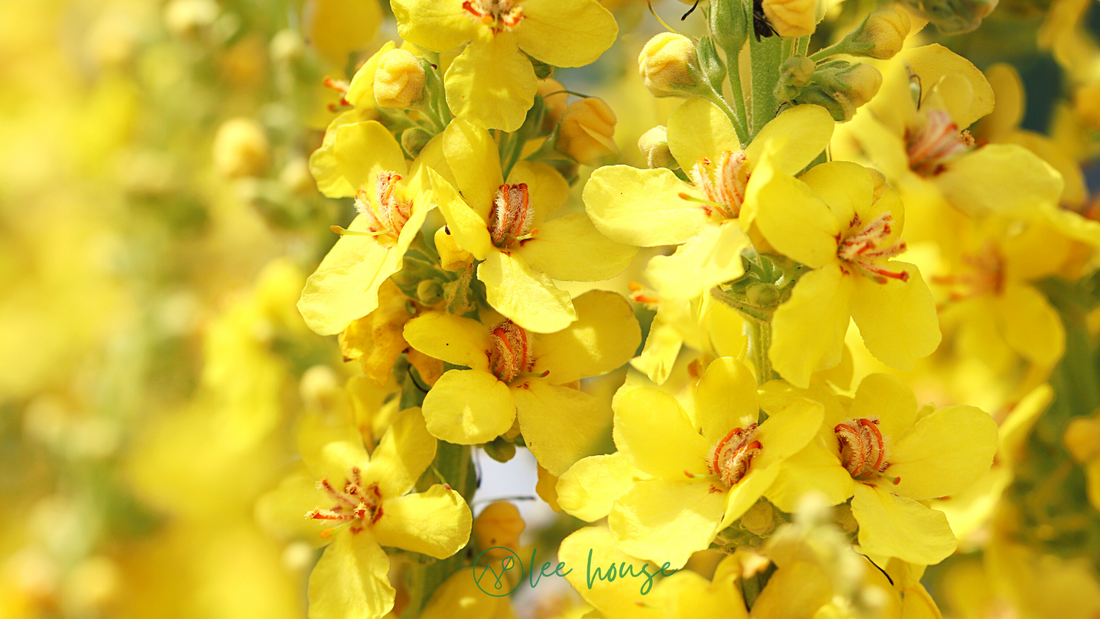
Mulch in Love with Mullein: A Star of the Sustainable Garden
Share
If you’ve spent any time here at LeeHouse, you know that Mullein is a star of our garden.
Mullein, or Verbascum thapsis, is a towering beacon of healing and resiliency, a powerful plant ally who generously shares all of its parts to support our health and the health of the ecosystem in which it lives. Always greeting you with a wave or a wiggle of giant fuzzy leaves, Mullein is a dear friend…in fact I’d say if you doubt plants have their own consciousness, spending some time with Mullein will likely change your mind.
June is really the kick off to Mullein’s prime time. This is when seedlings begin to emerge from the soil, when last year's rosettes reach for the sky in preparation to bloom. This is when we harvest leaves and decide which plants will stick around to bloom next year, and which plants we'll harvest for roots in the fall. In short, this is the time of year when we’re feeling mulch (sic) in love with mullein, and want to share with you how we use mullein to bolster the health of our garden ecosystem.

Mullein: Foundational and Functional Medicine
Mullein has been a go-to remedy for respiratory issues for centuries. Think of it as a comforting hug for your lungs. Our Breathe Mullein Tea is a perfect companion during the cold season or whenever you need to soothe your respiratory system. Made with love and responsibly harvested Mullein leaves and other herbal lung allies like licorice root and bee balm, this tea is a delightful way to breathe easier.
Mullein also supports our body's foundational systems. Both our Mullein Leaf Tincture and Mullein Root Tincture provide your body with the best Mullein has to offer. Root Tincture is especially recommended for those needing a boost in their lymphatic, reproductive, and urinary tract systems, while the leaf tincture works wonders for your respiratory health. Both remedies support the core structure of our bodies, strengthening our bones and joints and encouraging healthy, smooth flow in all senses of the word.

Growing Mullein
Growing Mullein is easy and rewarding, well suited for beginners and seasoned gardeners alike. It thrives in well-drained soils, basks in full sun, and appreciates a little room to spread its soft, rosette leaves. It’s drought-tolerant and resilient, it can handle neglect (although it LOVES attention and it will thrive if you shower it with admiration).
This biennial herb spends its first year building up a robust root system and plush leafy growth in the form of a beautiful rosette. In the second year, it shoots up a tall, sately flower stalk that can reach up to 2 meters, covered with bright yellow flowers. It's a sight to behold and a boon for garden diversity, attracting a host of beneficial insects and pollinators. If you want more practical guidance on growing mullein, check out our Mullein Growing Guide.

A Gift to Your Sustainable Garden Ecosystem
Here at LeeHouse, our gardening style is a blend of permaculture, biodynamics, intuition, and practicality. This means, among other things, that we love plants that serve multiple purposes, and that, in addition to sustainability, we’re all about creating a balanced, diverse ecosystem, and we love plants that are resilient and versatile. Mullien is both of these and more! In fact, It's resilience is reflected in its ability to grow in diverse climates and soil conditions, to weather neglect, pests, and, well, weather.
Soil Rehabilitation
Mullein is a true hero when it comes to soil rehabilitation. The plant is a skilled miner, digging its roots deep into the earth, breaking up compacted soil, and drawing up minerals. This not only helps enrich the soil but also makes it more accommodating for other plant species to thrive.
Mullein Leaves as Nutrient-Dense Mulch
Mullein leaves are a garden's goldmine, as they make for a superb mulch. Mulching with mullein helps retain soil moisture, minimize weed growth, and create a conducive environment for beneficial soil organisms. We have pretty sandy soil here in the Santa Cruz Mountains, and we’ve found that Mullein mulch helps improve our soil’s ability to hold water while also increasing it’s loaminess. I kind of liken it to peat moss in that way. These soft, nutrient-dense leaves break down over time, releasing valuable organic matter into the soil, acting as slow-release fertilizer, steadily boosting soil fertility.
Wildlife Haven
Mullein’s towering flower stalks are like skyscrapers for beneficial insects and pollinators, providing them with food and a habitat. As it blooms, it attracts a range of pollinators, thus supporting the local ecosystem and adding to your garden’s biodiversity.
Plant it and Forget it
Mullein also readily self seeds - and while some folks may say this trait makes it an invasive plant, I say it’s mullein’s way of encouraging you to harvest it’s roots. Whenever our mullein patch tries to move in on it’s neighbors, we just dig up the plants and use the roots for a potent healing tincture, or add the leaves to our compost.
In our online herb nursery, we have a limited amount of mullein plants for sale, eagerly waiting to find a home in your garden. And, if you already have mullein growing in your garden, we’ve put together a whole growing guide for Mullein over here - although honestly it’s one of the easiest plants to grow!

Sowing One-ness with Mullein & the Cosmos
One of the practices we follow at LeeHouse is aligning our gardening with the lunar cycles and planetary influences. When we plant our Mullein seedlings in tune with these celestial energies, we are nurturing the plant, the soil, and our garden as much as we are fostering a sense of oneness and connection with the universe.
The moon's gravitational pull, much like the tides of our oceans, can influence the growth patterns of plants. During the waning moon phase—the period between the full moon and the new moon—the moon's gravitational pull decreases, and sap flow in plants is more concentrated in the roots. This period is traditionally considered beneficial for sowing and transplanting root crops and perennials, like our beloved Mullein.
In the dance of gardening, timing can be a powerful partner. Weaving the wisdom of lunar cycles into our gardening practices enriches our connection with nature's rhythms. It's just another beautiful layer to the art of cultivating a sustainable garden, highlighting the one-ness between the cosmos, our plants, and us.
Ready to connect with Mullein?
Our Mullein Seedlings are waiting to join your garden symphony - available through the end of June or until we sell out in our Etsy shop!
We also offer our Mullein medicine in the form of
- Mullein Leaf Tincture and Elixir (with honey - sooo good!),
- Mullein Root Tincture
- Mullein Flower Essence
- Breathe Tea with Mullein
- Estate-Grown Mullein Leaf in bulk

